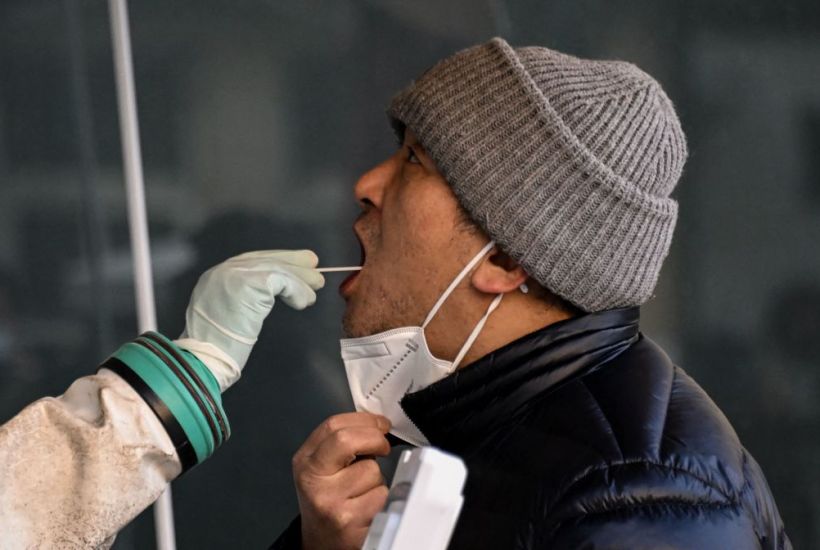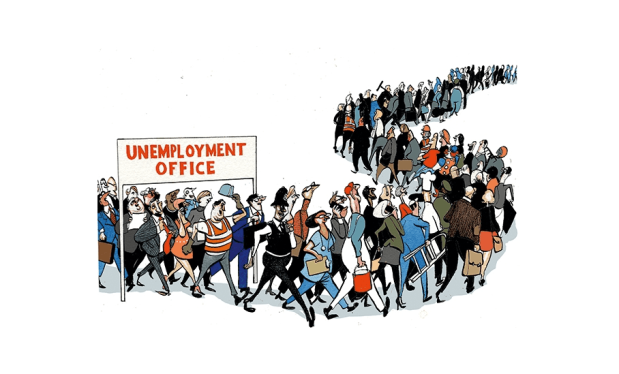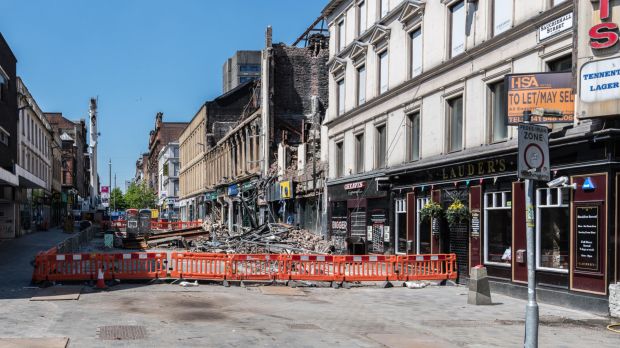Beijing’s roads are busy once more. Though zero Covid had ended in December, cities across China emptied out again over the past month as the virus swept through the population. Many stayed home to avoid getting infected or, more likely, to recover from infection. One government model estimated that a fifth of the Chinese population (250 million people) were infected in the first twenty days of December. But now, those who have got better are going back on to the streets and back into their workplaces. Cities which fell first, like Beijing, are hoping that they are over the worst of this wave.
The return to normality has come at a high price that China delayed paying for three years
Congestion across 15 Chinese cities is up two thirds compared to late December. The number of domestic flights has increased by 50 per cent, while dozens of Beijing cinemas have reopened. In the southern city of Guangzhou, official figures report that the number of patients in fever clinics has declined since 23 December. Some China watchers have speculated that the country has opened up so quickly because its leaders want to minimise economic disruption, to reach herd immunity as soon as possible. If that’s true, then the quick rebound in these cities will be welcome news.
But the return to normality has come at a high price, of course; one that China delayed paying for three years. The UK-based health data company Airfinity estimates that there are 14,000 Covid deaths a day in China, while a Hong Kong university model predicted that the total death toll will amount to a million by the end of January.
The chaos is playing out in pharmacies, hospitals and crematoriums, even if it is not in the official numbers (the National Health Commission gave up publicising infection and death numbers on Christmas day). Across the country, doctors are being told to work even if infected, while a black market for anti-virals has sprung up, with some sellers peddling drugs for more than twenty times their usual price. The Shanghai government has had to deny rumours that the city’s crematoriums were burning two or three bodies in one incinerator at a time.
No doubt other cities will follow Beijing’s trajectory, with government experts hoping the infection has already peaked in mega-cities like Shanghai and Guangzhou. But as the virus moves from the city, it will begin to spread in the countryside, the next front line for the pandemic.
China’s rural regions tend to have poorer healthcare systems – fewer ICU beds, worse transport links and more sparsely stocked medical supplies. With Chinese new year falling later this month, the virus will be seeded even more quickly as hundreds of millions travel across China to go home for the holidays. The coming rural wave is a major concern, a senior official at the National Health Commission told the state broadcaster yesterday. ‘There are two most important considerations for the rural [situation]: one is to ensure that there are enough pharmaceutical supplies… and the other very important [consideration] is at least being able to move those with severe symptoms to county level hospitals’.
Some analysts have predicted an economic rebound for China by spring. That’s most likely accurate given the speed of this wave. But between now and then, the country will see hundreds of millions more infections, and a death toll that three years of zero Covid hasn’t prevented.
Got something to add? Join the discussion and comment below.
Get 10 issues for just $10
Subscribe to The Spectator Australia today for the next 10 magazine issues, plus full online access, for just $10.




















Comments
Don't miss out
Join the conversation with other Spectator Australia readers. Subscribe to leave a comment.
SUBSCRIBEAlready a subscriber? Log in